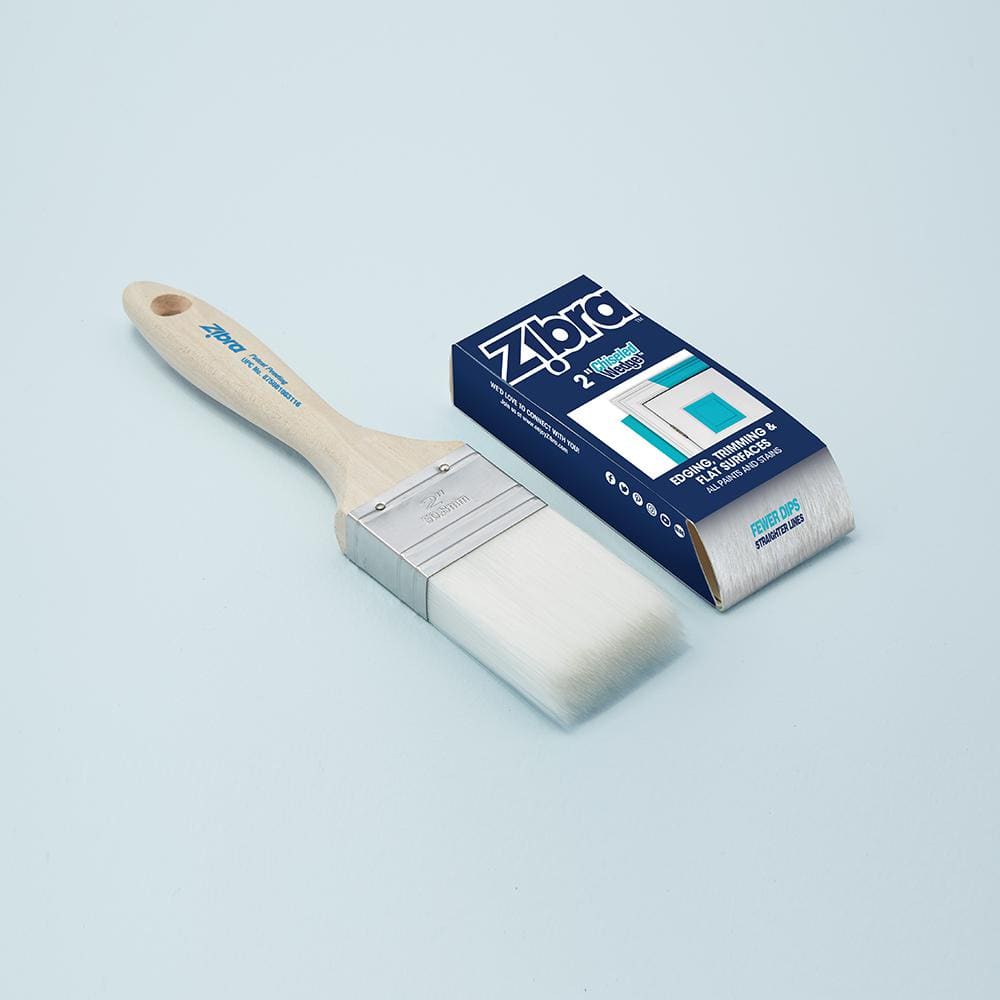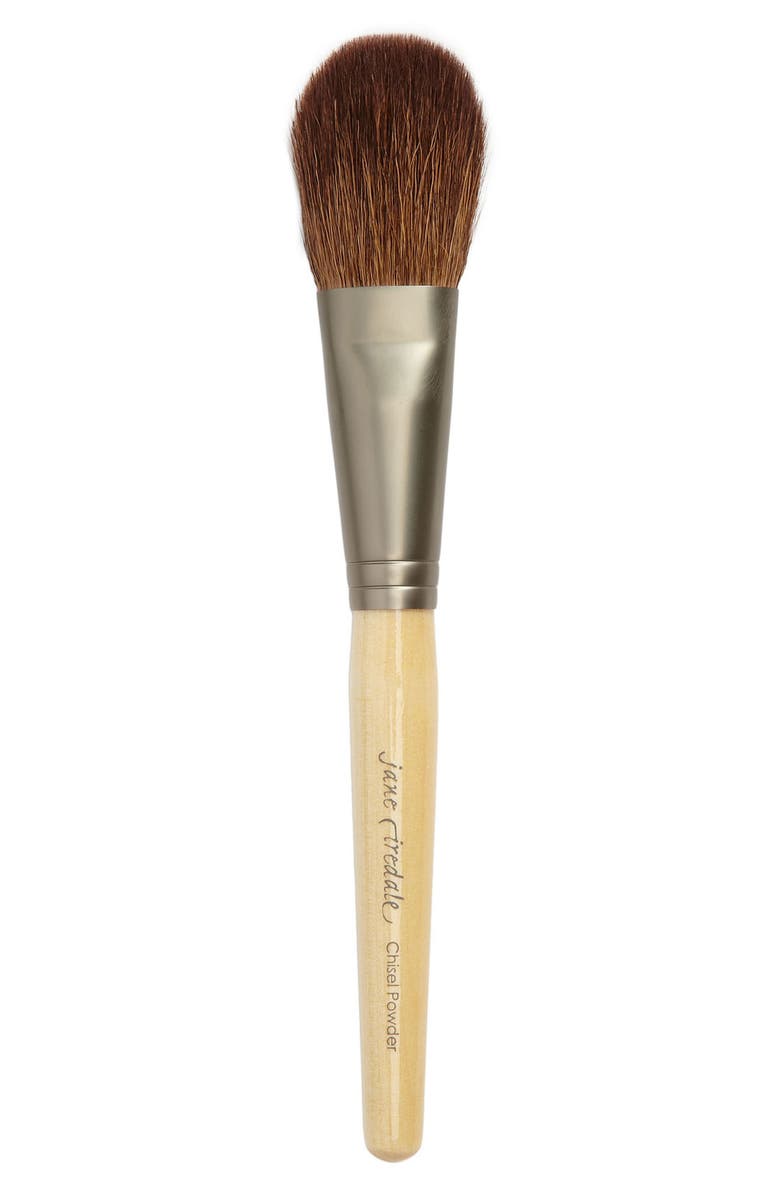
How to load my Margot's Miracle Brush:

Begin on the chisel edge of the brush keeping Sap Green to the top edge of the stroke. Position the brush right at the bird's neck. Touch the surface then apply pressure creating the width of the bird's wing. Release pressure and end the stroke back up on the chisel edge at the tip of the hummingbird's wing. Get this Simply Simmons Chisel Edge 3 Piece Brush Set at Michaels.com! These versatile value priced brush sets are ideal for creatives of all kinds, from crafters to traditional artists. Chisel brushes are the go to brushes when you want to create bold tear drops, block in color along round edges, and when a straight line is boring. Chisel brushes are also known and flower brushes and filbert brushes. They have a flat body but a round tip making them the ideal brushes when working around the eyes, creating a muzzle shape or when you want thicker round lines. This proprietary mix of synthetics maintain chisel and point while holding the pigment of any paint medium (acrylic paint, oil paint or watercolor paint) with its sizable reservoir. The Black Silver by Dynasty artist brushes are a uniquely affordable multi-blended brush program that is not only durable, but also elegant for the artisan. Dynasty Brush Set (Chisel-Edge) $ 49.00 Chisel-Edge Brush Set as seen on the Paint This with Jerry Yarnell® TV Show – Four (4) Brushes – CAN USE WITH ACRYLIC, OIL, AND WATERCOLOR.
For a detailed explanation of how to create the strokes I use in my Contemporary Multi-load Technique go to Techniques and click on Contemporary Multi-load.
This round brush is called a chisel edged round since it has no point. It equates to roughly a #3 sable round. I only have one size because if I need a small stroke I just apply less pressure on the bristles and if I need a large stroke, I apply more pressure! I generally use it flattened. You may be asking yourself now, 'If she uses it flattened why not just use a flat brush in the first place?' The reason is because with a round brush I can change the chisel edge and send paint color out in different directions. It is made of best quality red sable hair which is what I need for the correct spring, paint loading and chisel edge for my painting techniques. Although designed originally for my Contemporary Multi-load Technique, I use it in my Shaded Wash Technique as I would a water color brush since it is natural hair and holds a great deal of moisture. It is also a great brush for oils and for those of you who have taken seminars with me, you know I also use it to apply my eyeliner!
Do not wash the brush out between loading as the brush mix of colors only enhances your painting. I clean the brush out only if I am going into a completely different color load. The initial loading keeps the brush moist in the belly enabling you to paint for a very long time before having to clean it. I also use a glass jar for cleaning all my brushes and just tap the ferrule against the side of the jar to clean during a painting session. Never scrub this brush over the bottom ridges of a water basin or the natural hairs will be ruined.
For the initial loading - Make sure the brush is dampened well in clear water. Swish around a bit in your water so the hairs have time to get really wet. Press the excess water out on the side of your glass water container - DO NOT blot the brush. Go the your paint puddle and pull out paint from it onto your palette. This bit of extra moisture thins the paint just slightly and allows your brush to load easier. Press the bristles against the palette with enough pressure that the bristles fan out a bit, creating a 'side' to the round brush. Load the brush almost to the ferrule. Turn the brush over to the other 'side' and pull and press (in the pulled out paint) as you load so you actually see the bristles fanning, again almost up to the ferrule. Your aim here is to load the middle or belly of the brush rather than just the outside of the bristles. This will keep your brush from drying out and allow you to paint longer as the paint will flow from inside the brush. When loaded you should see wet paint and bristles. If you see only paint you have too much loaded. If you see mostly bristles and they are not shiny and wet looking, you don't have enough paint.
Now choose a side and pull gently through a medium value color leaving a smear of paint on the brush (this now is the light side until the brush is washed out), then either pull through or pick up the lightest color value. This is a basic triple load. In packet or book directions I may ask you to load four or more colors, just remember the brush ends up being loaded light to dark (or dark to light).
Chisel Trim Paint Brush
When reloading, tap the 'dark side' of the brush into the pulled out paint instead of pulling through the paint (that will create a lighter value and spoil your dark color due to the other paint on the brush) to keep the dark side dark. Turn the brush over to the 'light side' and pull gently through the middle value, if needed, and then either pull through or pick up the lightest color.
Once you get the 'hang' of loading - painting is a breeze!
Chisel Edge Paint Brush
To clean this brush, place brush soap in the palm of your hand, press the bristles into the soap up to the ferrule, massage the bristles with your fingers, rinse with cool water with the water flowing down the bristles. Now touch the ferrule to a paper towel and let the bristles touch - if you still see color, wash the brush again.
Try forming a nice chisel edge and see how far you can go with one load while cross-hatching an area. This is one of my favorite demos to do at conventions! People are always amazed at how far I can go on one load and that I am using the chisel edge of a round instead of a liner brush.



Artist Chisel Brush
Practice making tiny strokes all the way up to very large strokes by just increasing the pressure you place on the bristles.
Chisel Paint Brush
This brush is great for painting borders as you can paint for a long time without reloading so you don't lose your rhythm.
